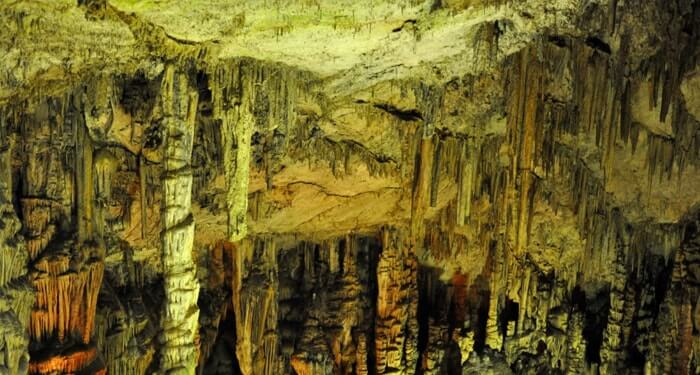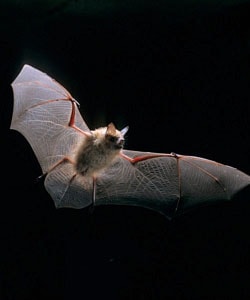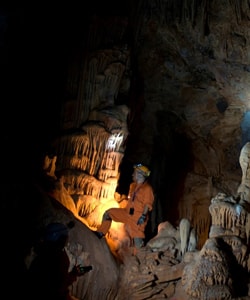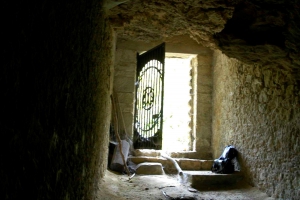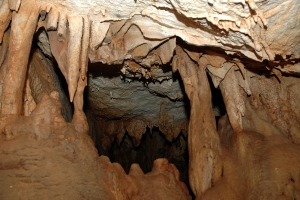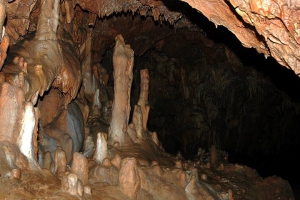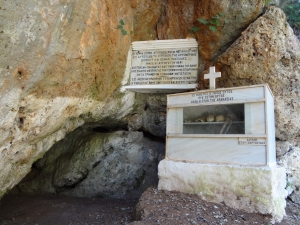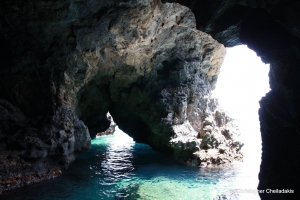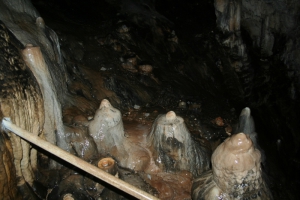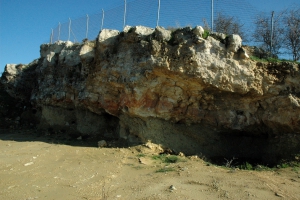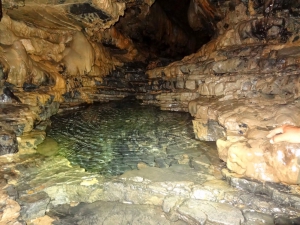Neraidospilios of Astraki is situated about 23 km from Heraklion, near the village Astraki. The cave is located near the majestic river of Astraki, where the gorge, ending in Karteros, starts. Neraidospilios is a small two-storey cave. According to the archaeologist Paul Faure, it has been the temple of Athena Tritogenia, whose surname is derived from the ancient name of river Karteros, that is Triton (Tritogenia means “coming from Triton”). The cave is one of the springs of the aqueduct of Astraki, which still supplies Heraklion city with water, since the early 20th century.
The orientation of the cave is south east and the temperature of the cave is high given the area. During the summer months the humidity of the cave is quite high. Its length is about 30m several narrow passages. From the first room in order to reach the main room, you have to pass through a very small opening. Life in the cave is not developed, probably due to many visitors.
Doxa cave is situated at an altitude of 463m, in the position Kaka Pila of Marathos, 20km west of Heraklion. It is a small but well-known cave, which has very impressive décor of different colors and shapes. Doxa Cave is located 7.5 km after the junction to Tylisos, towards Damasta.
The cave Krionerida is located in the ravine Laggos, southwest of the village Vafes, at an altitude of 230m. The cave has no special speleological value, but it has enormous historical importance, as the residents of Vafes were killed here by the Turks in 1821. Indeed, the wider region of Krionerida was named so after this historic cave.
One of the very beautiful caves that characterize this region is the cave near the exit of the wild gorge of Sfakias. The marine cave of Sfakias is not simply a sea cave but a system of holes and rooms. It has 6-7 different entrances and a few meters inside the cave, all the corridors are merged to a common cave.
The cave of Vreiko is located about 2km north-east of the village. It is a cave and gulch and the known depth is 25-30 metres. The Entrance is an open and flat place that looks like a threshing floor. In the entrance there are stairs that make the entry and exit to the cave easier. A fig tree has grown at that place and its bouches cover a big gallery which is about 60-70 metres long. At the entry and the end of the gallery there are signs from the Neolithic Era.
The cave of Arkalochori, also known as Holy Cave, is situated at the South West side of Arkalochori village, specifically at the south west aisle of Profitis Ilias Church, 400m above sea level. A narrow entrance (0.70cm wide, 1.60cm tall) leads to the interior, where one cannot walk upright due to lack of space.
The cave Drakolaki is a long underground river located on the southern slopes of Peak Thodoris at White Mountains, at the upper part of the canyon Aradena. It is actually the starting point of one of the basic ravines that merge and form Aradena Gorge.





